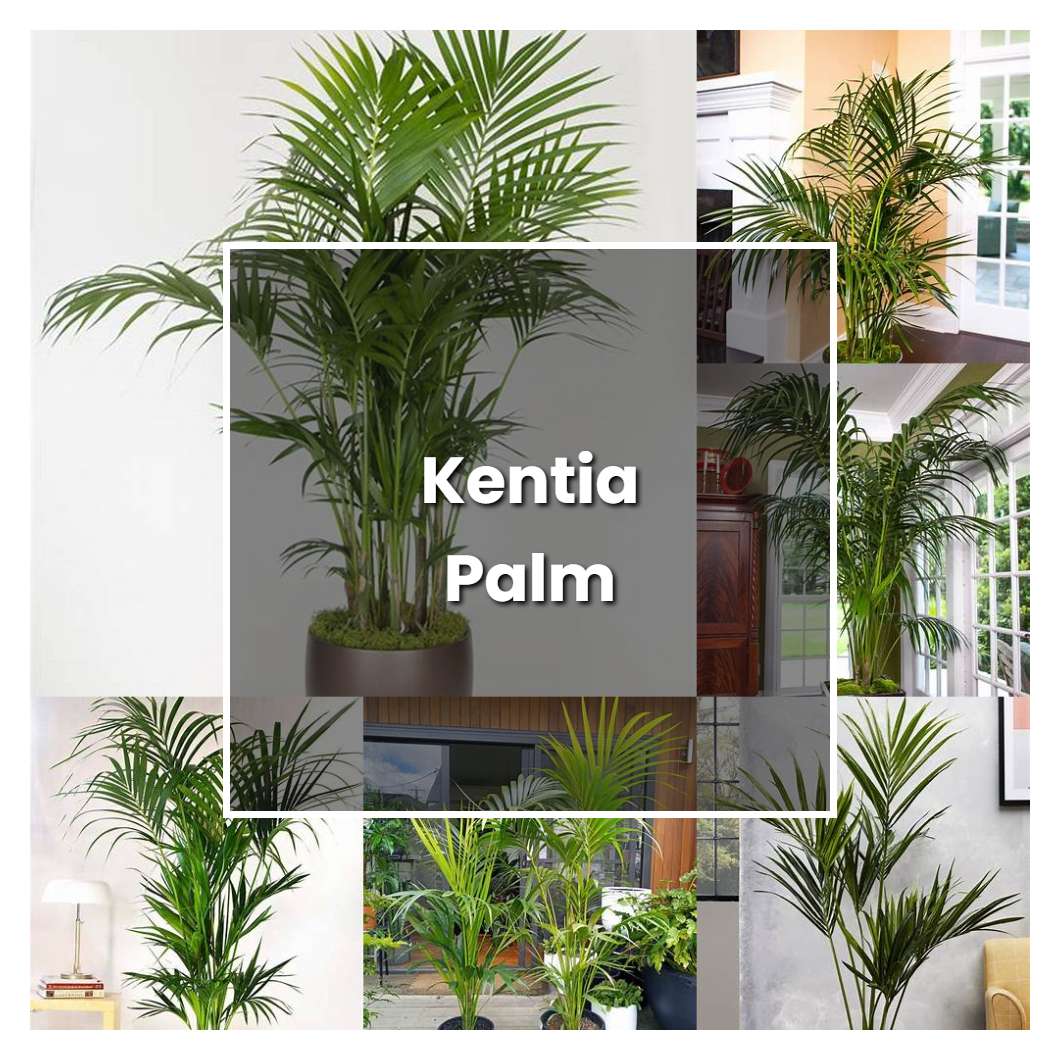Kentia palm is a stunning, low-maintenance houseplant that can brighten up any room. These elegant palms are native to the Lord Howe Island off the coast of Australia, and they're known for their ability to thrive in warm, humid environments. Kentia palms are relatively slow-growing, but they can eventually reach heights of up to 20 feet. These palms are also relatively drought-tolerant, so they're perfect for those who don't want to worry about watering their plants too often. If you're looking for a beautiful, low-maintenance houseplant, the kentia palm is a great option.

About soil condition, kentia palm prefers loose, well-drained soil, and is drought tolerant. If the plant is growing in a pot, it's important to water it regularly and fertilize it every few months. The kentia palm is a slow grower, so it doesn't need a lot of attention.
Like the other palm trees, kentia palm also needs an ample amount of sunlight to grow. It is best to place this palm tree in an area where it can receive plenty of bright, indirect sunlight every day. If you live in a cold climate, it is best to grow kentia palm indoors near a sunny window.
The temperature conditions that Kentia palm thrives in is warm weather. The Kentia palm is a tropical plant that is native to the Lord Howe Island off the coast of Australia. The Kentia palm does not tolerate cold weather and will die if the temperature dips below 50 degrees Fahrenheit. The ideal temperature range for the Kentia palm is between 70 and 90 degrees Fahrenheit. The Kentia palm will also grow in partial shade, but it will not produce as many leaves.
Ideal humidity condition for this plant is between 40-60%. room temperature should also be between 18-24 degrees Celsius. If the conditions are not met, the leaves of the plant will start to brown and dry out.
The fertilizer, this kind of plant need is a low nitrogen fertilizer that's rich in potassium and phosphorus. It's best to use a fertilizer that has an N-P-K ratio of 5-10-5 or 8-8-8. You should apply the fertilizer to the potting mix, not the plant itself. Apply fertilizer every 2-3 months during the growing season.Root: This kind of plant has a fibrous root system.
Pruning a Kentia Palm is a little different than pruning most other types of palms. For one, you want to avoid pruning off any of the green fronds, as this will damage the plant. Instead, focus on trimming away any brown or yellow leaves, as well as any dead leaves or fronds. You can use a sharp pair of shears or pruning saw to do this.
Propagation of the kentia palm is typically done via stem cuttings, which can be rooted in moist sand or vermiculite. The cutting should be taken from a healthy, mature plant, and the bottom few leaves should be removed. Once the cutting has been taken, it should be allowed to callus over for a few days before being planted. After that, watering should be done on a regular basis, making sure the soil stays moist but not soggy. It can take several months for the cutting to take root and begin to grow, so patience is key.
Usually, the plant growth rate is between 6 and 12 inches a year. The kentia palm is a popular indoor plant because of its' ease of growth and its' resistance to pests and disease. The kentia palm is an excellent choice for first time plant growers or for those who want a low maintenance plant.
Common problems for this kind of plant are yellowing or browning of leaves, and leaf drop. These problems are usually caused by too much or too little water, or by poor drainage. If your kentia palm has yellow or brown leaves, or is dropping leaves, check the soil to see if it is too wet or too dry. If the soil is too wet, try to improve drainage by adding more perlite or sand to the potting mix. If the soil is too dry, water more frequently.
Source:
Howea forsteriana (Forster Sentry Palm, Kentia Palm, Flat Palm)
PALM - PALM
Breaking Dormancy in Kentia Palm Seeds - UPM
